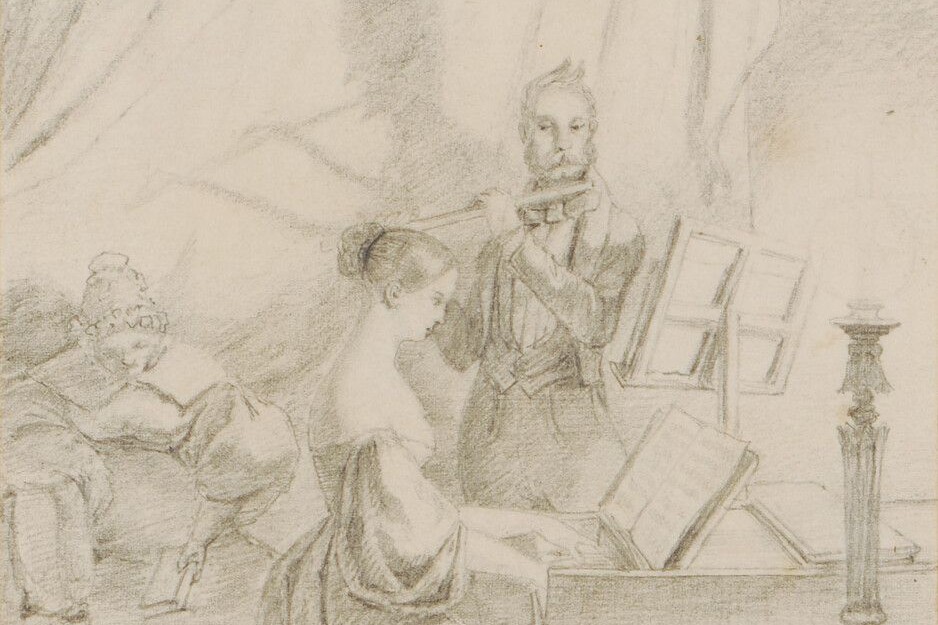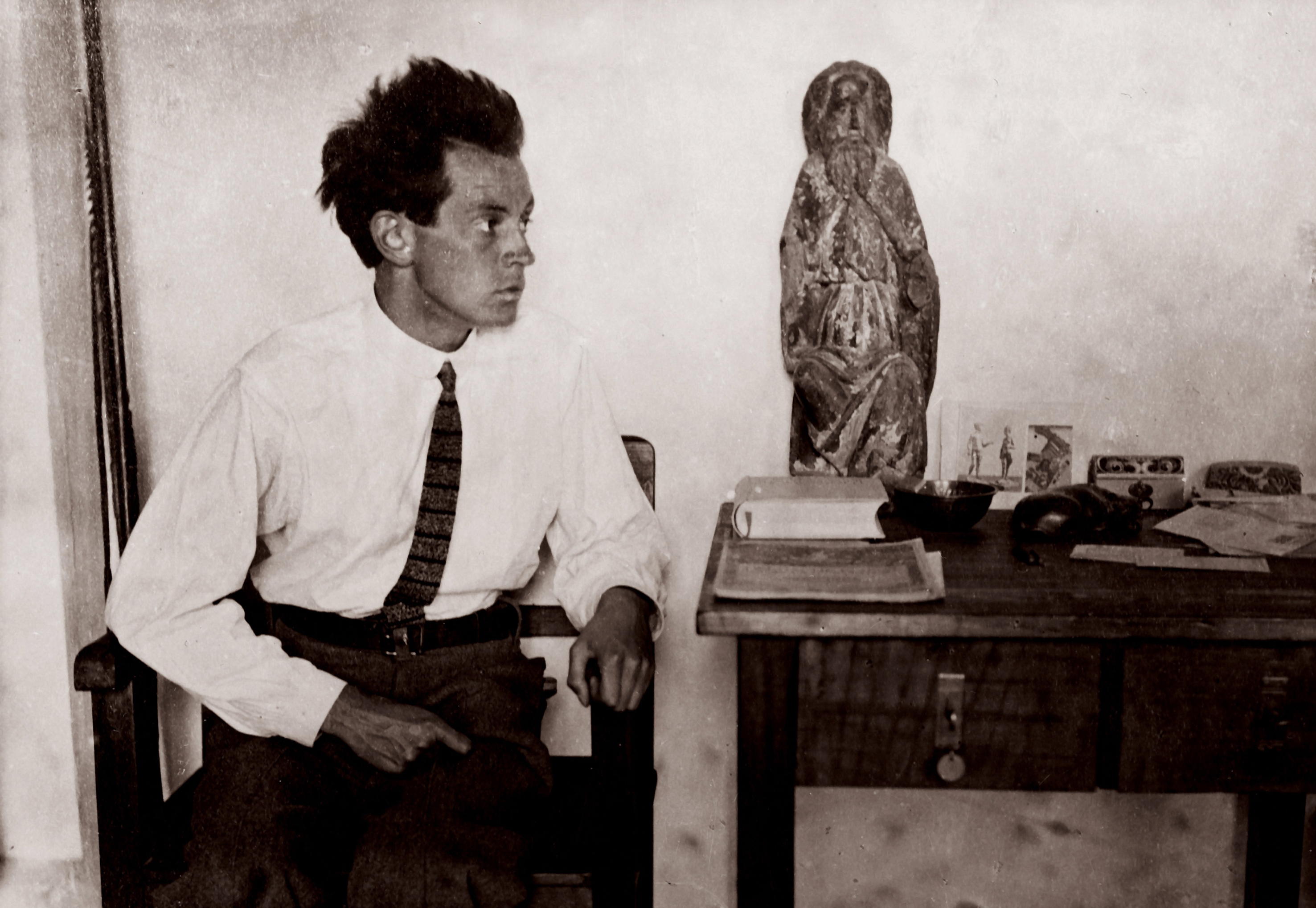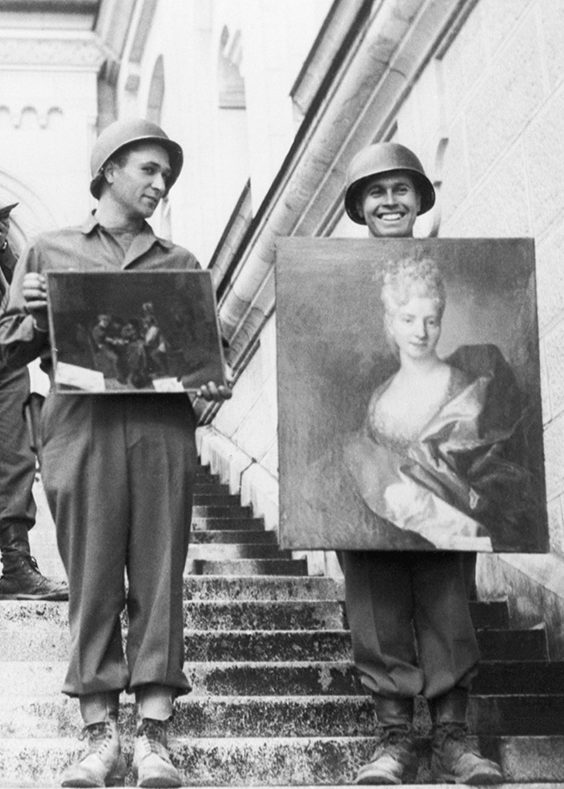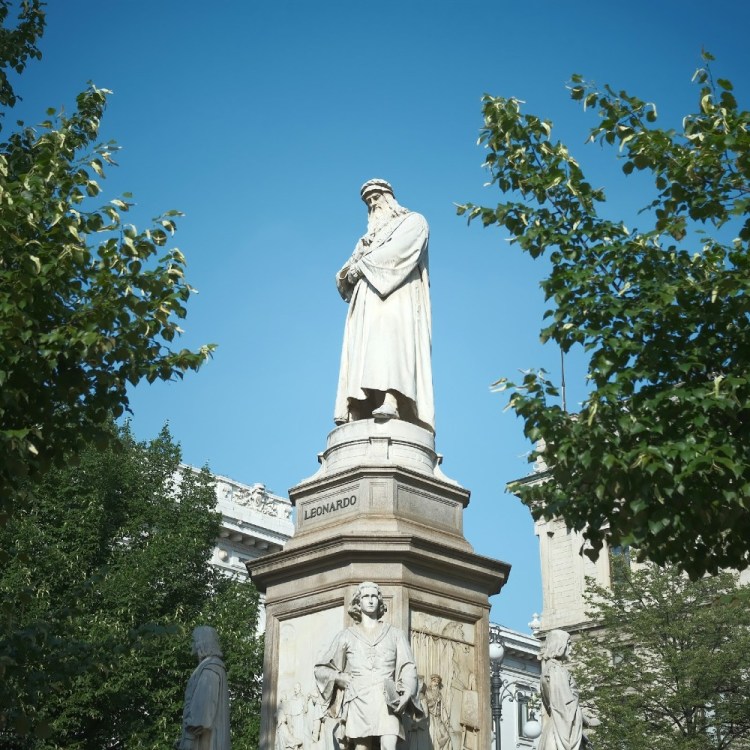Well over half a century after the Nazis were defeated, the art world continues to deal with the aftereffects of art they seized from Jewish families and national museums. A 2018 Sophie Gilbert article from The Atlantic offers an in-depth look at many of the issues at hand, as well as some of the key figures involved. Among them is the late Cornelius Gurlitt, whose art dealer father Hildebrand worked closely with the Nazis.
The origins of Cornelius’s massive art collection were investigated by the German government, and Cornelius agreed to return any looted works to their rightful owners in 2014 — and then died a month later. In his will, he left his collection to Bern’s Museum of Fine Arts, which set out to determine which items had been seized by the Nazis during World War II.
As a new article in Hyperallergic points out, this proved more difficult than expected. There was no information on over 600 works of art during the war, leading to a great deal of ambiguity within the Gurlitt Trove. Only 14 works could definitively be said to have been seized by the Nazis — and the 14th of those was just returned to the family from which it had been stolen.
The drawing in question is Carl Spitzweg’s Das Klavierspiel (Playing the piano), which dates back to around 1840. In 1939, the Nazis seized it from philanthropist Henri Hinrichsen; Hinrichsen was later murdered at Auschwitz. The formal restitution took place on January 12.
Hinrichsen’s heirs have indicated what they plan to do with the drawing: Das Klavierspiel is slated to be sold at auction via Christie’s.
Subscribe here for our free daily newsletter.
Thanks for reading InsideHook. Sign up for our daily newsletter and be in the know.
















